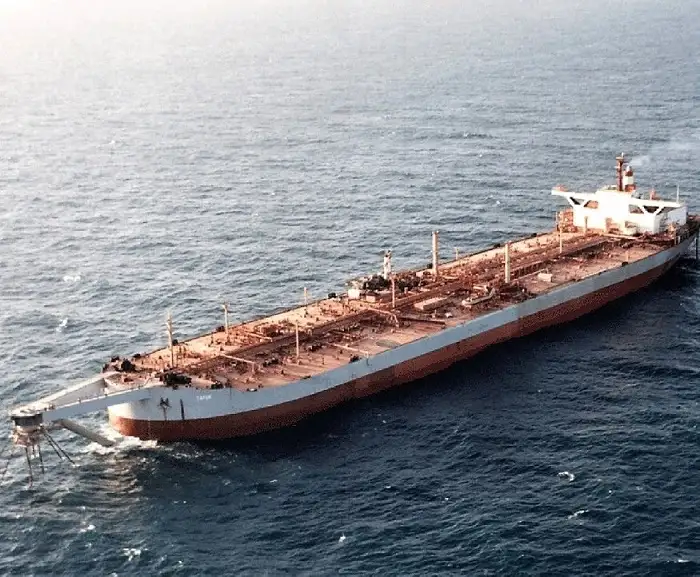On Monday, when the US Secretary of State Antony Blinken dialled Prince Faisal bin Farhan Al Saud, the Foreign Minister of Saudi Arabia, the two had quite a bit on their plate other than just synchronizing their watches on the situation in Ukraine, Yemen and Iran's nuclear programme.
With a massive 376-metre long oil tanker at risk of leaking, spilling, or exploding at any time in one of the world's vital shipping lanes, both top officials knew time's running out to avoid a catastrophe.
Blinken, as stated by the US State Department Spokesperson Ned Price later, discussed efforts to avert the economic, environmental, and humanitarian threats posed by the Safer oil tanker in the Red Sea region.
The Safer, a rapidly decaying and unstable supertanker, threatens to spill more than 1 million barrels of oil into the Red Sea, devastating the coast, destroying livelihoods, depleting fisheries and potentially disrupting traffic through the Red Sea and the Suez Canal.
Constructed in 1976 as an oil tanker, Safer was converted to a Floating Storage and Offloading (FSO) facility a decade later.
There's a big reason why the US has been urging the international community – private sector included – to "take action now" to address the imminent threats posed by the Safer.
On March 24, 1989 an oil tanker named Exxon Valdez ran aground in Prince William Sound, Alaska, spilling 11 million gallons of oil. The ecologically sensitive location, season of the year, and large scale of the spill resulted in one of the largest environmental disasters in US history.
The Safer contains four times the amount of oil spilled by the Exxon Valdez and any devastation could severely disrupt shipping routes in the Gulf region and other industries across the Red Sea region, unleashing an environmental disaster, and worsening the humanitarian crisis in Yemen.
"There isn’t a moment to lose," UN Secretary-General Antonio Guterres said on May 11, asserting that the United Nations, which needs funds to implement its plan with all stakeholders, can stop the disaster before it starts.
Last week, the Dutch Ambassador to Washington Andre Haspels hosted a meeting and was joined by US Special Envoy Lenderking, Yemeni Ambassador to the US Mohammed al-Hadrami, and representatives from the diplomatic community in a bid to support the United Nations' efforts to address and avert the economic, environmental, and humanitarian threats posed by the Safer oil tanker.
According to a joint statement released later, the diplomats stressed the importance of raising $144 million to fund the UN's operational plan, which includes $80 million for an emergency operation to offload the oil from the Safer to a temporary vessel.
They stated that at the pledging event co-hosted by the UN and the Netherlands in May, nearly half the funds required for the emergency operation were raised, but more is urgently needed to move forward.
Urging public and private donors to consider generous contributions, they also highlighted that by October, high winds and volatile currents will make the UN operation more dangerous and increase the risk of the ship breaking apart.
In the event of a spill, the US and the UN experts believe, a cleanup alone is expected to cost $20 billion.
Also Read: Turkey engages with Russia and Ukraine to end global food crisis




















